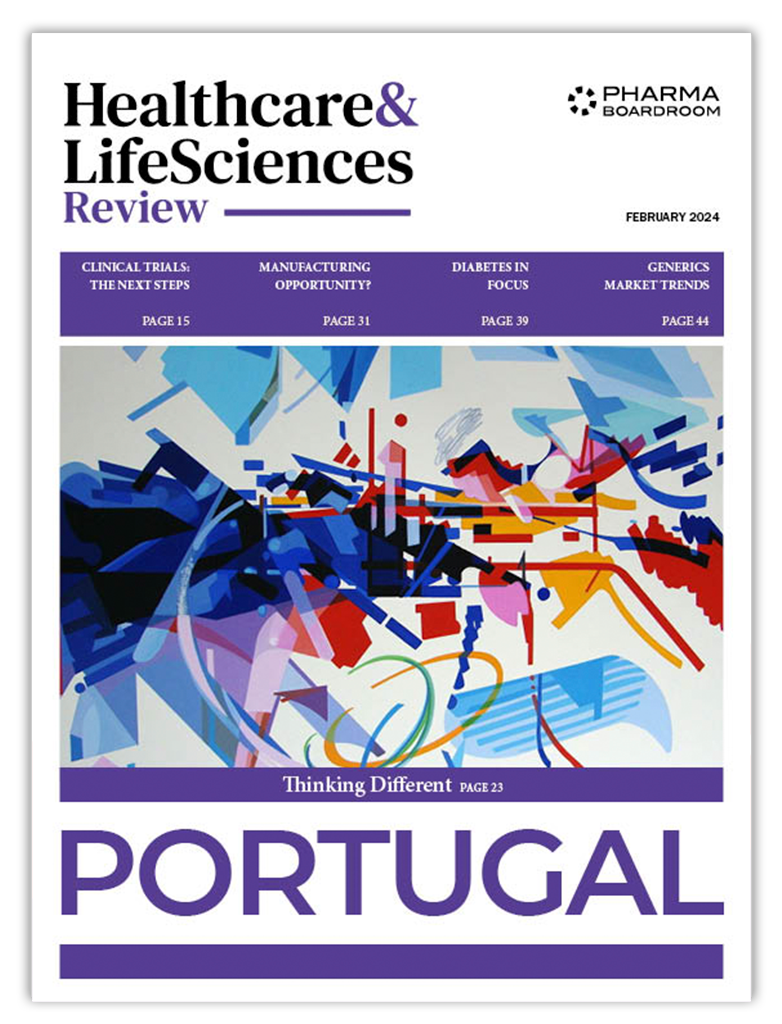Carla Smith looks at the three vital components behind successful strategic alliances in US healthcare:disruption, data-driven demands and convenient care delivery.
Throughout my career, to bring positive and lasting change to the health sector, I’ve brokered more collaborative efforts than I can count. Strategic alliances between health leaders, nonprofit organizations, and government create opportunities to fix our healthcare problems; fixes that are unachievable if any one entity attempted it on their own.
Why do these alliances work? What commonalities transfer to future partnerships for healthcare transformation?
I’ve identified three components vital for success: Disruption, Data-Driven Demands, and Convenient Care Delivery. And, I’m sharing factors healthcare executives can use to evaluate a coalition’s potential to effectively address their organizations’ needs.
Disruption
Executives must be careful with Disruption. A poorly-conceived collaborative effort will result in the classic negative definition of a disturbance that gums up the works. You want to create (or join) a Positive Disruptive Strategic Alliance that has enough collective power to interrupt, and then re-invent, an existing poor or outdated health sector process or policy that needs to be solved now.
Haven’s launch in January 2018 is an example of a potentially Positive Disruptive Strategic Alliance. Amazon, Berkshire Hathaway, and JPMorgan Chase set a goal, put resources behind it, and are now striving to achieve.
So, how do health executives assess whether or not a Strategic Alliance has enough collective power to make a difference?
1. Ask “Who is lying awake at night worrying about this problem now?” In other words, the problem has to be worthy of solving at this point in time. If you can’t come up with a good answer to that question, then the evaluation is done.
2. Make sure you can clearly articulate the potential win for your organization.
3. Review the names of the organizations and their main points of contact (POC) for the Alliance. The company names must have reliable brand credibility, and the POCs need to have the authority within their firms to make decisions on behalf of the organization.
4. Assess the Strategic Alliance collaborators to ensure the “right” mix is engaged, representing all the voices required to interrupt, and then re-invent. Consider who’s missing from the list, why, and how easily that gap can be addressed.
5. Ensure the commitment “ask” is appropriate to achieve the goal, and in-alignment with your organization’s potential win. The ask may include a time duration, financial support, executive engagement expectation, or other overt contribution. Any of these may be utterly reasonable and necessary to achieve the goal. An insufficient, or over-reaching, “ask” is a sign of trouble.
6. Assess the Strategic Alliance leadership to ensure they have the right brand credibility, network connections, subject matter expertise, process competency, and stated commitment over time to achieve the goal.
My take-away
Cliché or not, disruption in healthcare has become the norm. To make smart Strategic Alliance decisions, only engage if and when you’ve addressed the six assessments above.
Resources
Global Case Studies on Healthcare Transformation
Top Innovations that Will Change Healthcare in the 2020s
Data-Driven Demands
Access to digital data feeds the evolution of healthcare, and simultaneously, challenges care delivery protocols. Today, our data-driven healthcare future includes data access at both the clinical and mobile health levels
For example, it’s common practice for a physician to ask someone with diabetes for data available digitally through devices such as glucometers and continuous glucose monitors. Further, Amazon’s voice-controlled sentry is now HIPAA compliant, which means Alexa can check blood glucose levels or locate a doctor for its owner – actions patients direct when using this voice controlled technology. This advancement simplifies personal healthcare management, a step toward overall better health for the patient, and improved engagement between patients and their physicians.
While clinicians know access to digital patient data can help improve population health, actually getting to that data often roadblocks success. Patient-generated data comes into play as well as patients often use and prefer wearable devices and remote monitoring devices. And now, Google plans to acquire Fitbit, a recent development expected to close in 2020 pending regulatory and shareholder approvals, that offers the potential for new insights for health data access and applications on a personal tracker.
My take-away
The Centers for Medicare and Medicaid Services and the Office of the National Coordinator for Health IT have new rules under review for accessing and sharing data. Easier access to personal and clinical data will simplify and streamline the challenges often faced by clinicians who want analyze data to improve the health of their patients or a population of patients.
Resources
Here are three examples of alliances built on improving data sharing across health systems.
HIMSS Electronic Health Record Association
HL7RFast Healthcare Interoperability Resources (FHIR)R
Convenient Healthcare Delivery
Convenient healthcare delivery has come to the forefront in the last couple of years as retailers and payers have established a possible one-stop-shop for healthcare and personal needs.
They built on the familiar retail mantra for success – location-location-location. For example, CVS, Walgreens, and Walmart have thousands of stores throughout the country. However, success isn’t guaranteed, of course, as Walgreens’ recent experience show.
Many patients want to manage their healthcare like they do a bank account, an approach that healthcare would be wise to consider. Time-pressed and convenience-oriented, many 21st century consumers prefer digital healthcare access, e.g. video-based clinical encounters with providers, online bill payment options, and mobile health apps and options for care. Also consider that smart watches have entered the healthcare marketplace in a dramatic way with alerts to seek medical help or better manage personal health.
I see disruptive, data-driven, and convenience as must-have markers in successful public-private partnerships. As for what’s ahead, consider this prediction on disruption in healthcare from Robert Pearl, MD, former CEO of Permanente Medical Group and now a Stanford professor.
“I can’t find a single industry that was as ineffective, inefficient and high-priced as the American health system today that did not get disrupted,” said Pearl. “If you have any doubts, ask Kodak, ask Borders, ask Yellow Cab.”
My take-away
Convenient healthcare delivery will advance as the population ages and the millennial population overtakes baby boomers this year.
Resources
Retail and remote connections offer an updated glimpse at healthcare’s future. Some 265.9 people now use a smart phone in the U.S. The wearables market is expected to grow by almost 26 percent from 2018 to 2019.
Walmart tests dentistry and mental care as it moves deeper into primary health
CVS-Aetna merger will make an even bigger giant out of Epic
ATA releases 2019 update of state-by-state telehealth report cards



